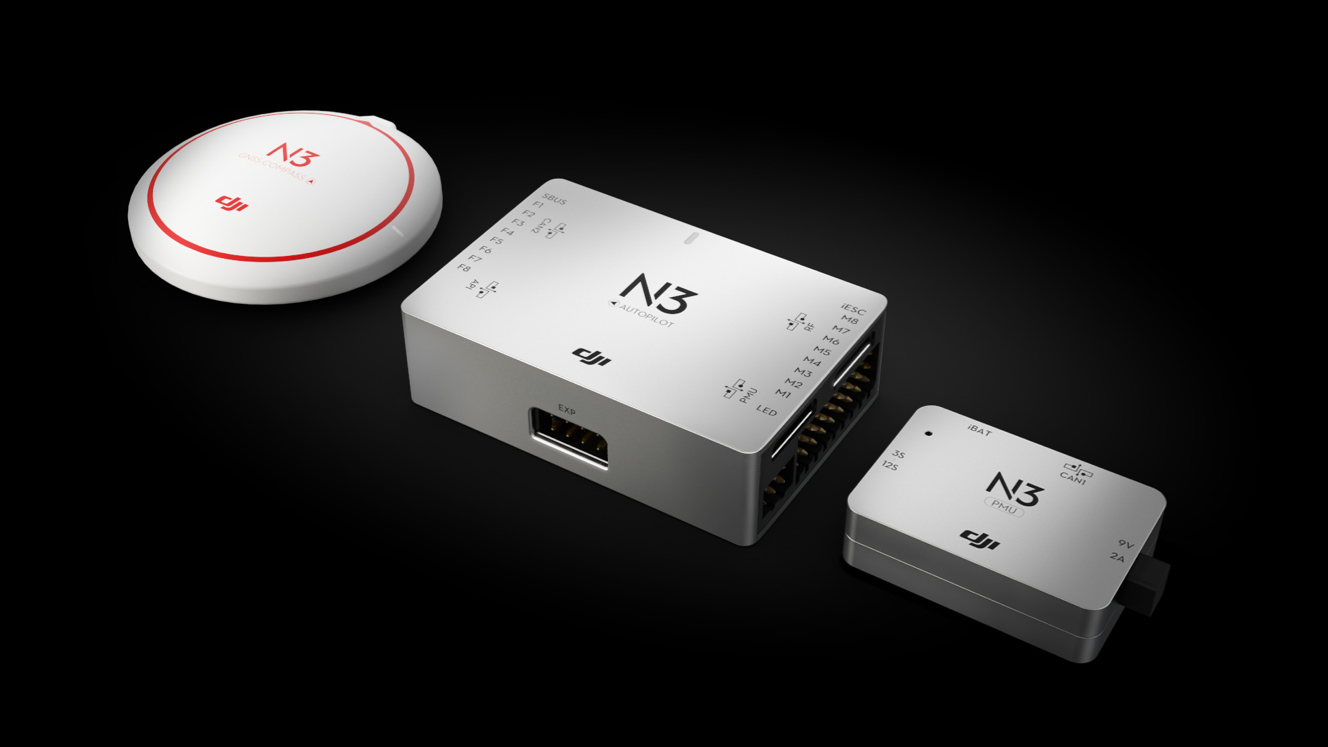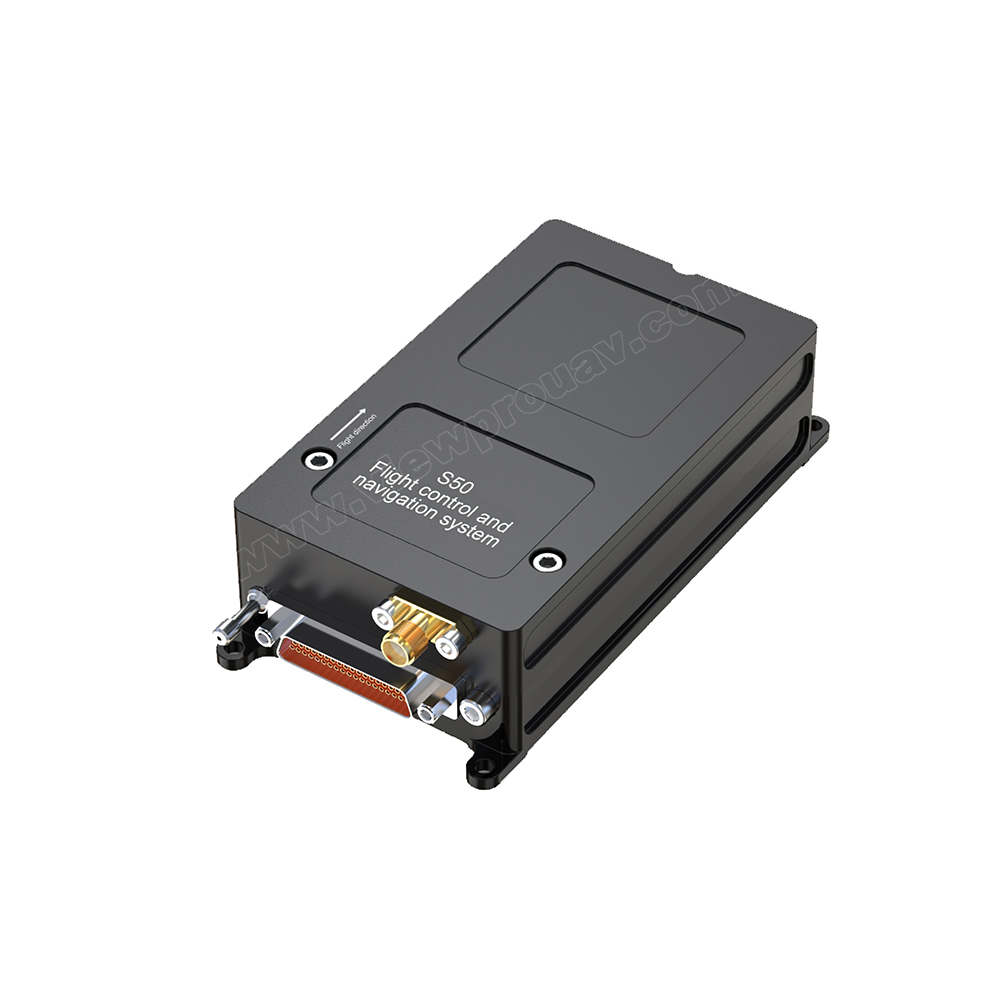Trustworthy Drone Navigation with SparkNavi Drone Flight Controller and GNSS/INS Made in Taiwan
Trustworthy Drone Navigation with SparkNavi Drone Flight Controller and GNSS/INS Made in Taiwan
Blog Article
The Value of Drone Trip Controllers in Modern Aerial Modern Technology: Trick Components and Their Impact
In the realm of modern-day airborne innovation, drone trip controllers function as the critical systems that orchestrate a drone's efficiency and capabilities. These advanced systems integrate essential parts such as microcontrollers and GPS components, assisting in stability and precision in flight operations. Their role is specifically noticable in autonomous functions, where advanced formulas boost navigation and barrier evasion. As industries increasingly depend on drones for applications ranging from farming to surveillance, the advancing innovation within trip controllers elevates essential concerns concerning their future effect and potential improvements. What advancements lie ahead that could redefine our understanding of drone abilities?

Summary of Drone Trip Controllers
In the realm of airborne technology, drone flight controllers act as the critical mind of unmanned aerial cars (UAVs), making it possible for precise maneuverability and security during trip. These sophisticated systems integrate sensing unit information, refining formulas, and control inputs, permitting drones to implement complex trip patterns with precision.
Drone flight controllers use numerous sensing units, such as gyroscopes, accelerometers, and GPS components, to examine the UAV's alignment and position in real-time. This details is vital for maintaining equilibrium and guaranteeing secure procedure in varied ecological problems. The controllers process this data to make immediate changes to the drone's electric motors, allowing for smooth changes and receptive handling.
Furthermore, trip controllers are geared up with sophisticated software application that supports functions such as waypoint navigation, obstacle avoidance, and self-governing trip abilities. This software is important for both entertainment and industrial applications, where dependability and accuracy are critical. As drone innovation proceeds to advance, the advancement of flight controllers will certainly play a critical function in improving UAV performance, flexibility, and security, ultimately broadening their applications across numerous industries.
Secret Parts Explained
Recognizing the essential parts of drone trip controllers is important for realizing just how these systems operate efficiently. At the heart of a flight controller is the microcontroller, which serves as the brain, processing data from numerous sensors and implementing commands. Necessary sensing units include accelerometers and gyroscopes, which determine the drone's positioning and activity, offering critical comments for stablizing.
One more key element is the barometer, which gauges altitude by gauging air pressure, while GPS components provide positional information, enabling independent navigation - SparkNavi drone flight controller and GNSS/INS made in taiwan. The trip controller likewise interfaces with Electronic Rate Controllers (ESCs), which control the speed of the drone's electric motors based upon the controller's commands
Communication components, such as radio receivers, assist in remote input, enabling operators to send out commands in real-time. In addition, some flight controllers integrate software application that can take care of complex algorithms for waypoint navigating, trip planning, and telemetry data evaluation.
Duty in Trip Stability
Central to preserving trip stability, drone trip controllers utilize sophisticated algorithms to refine sensing unit information and make real-time changes. These controllers are furnished with a selection of sensors, including gyroscopes, accelerometers, and barometers, which continually keep an eye on the drone's positioning, rate, and altitude. By translating this data, the flight controller can determine inconsistencies from the desired flight path and respond promptly to maintain stability.
For example, if a drone experiences an unforeseen gust of wind, the trip controller can swiftly change the motor speeds to counteract the disturbance, making certain a stable trip trajectory. This capability is critical not only for manual trip procedures however also for carrying out complex maneuvers and keeping smooth trip in different ecological conditions.
.png)
Additionally, the sophisticated algorithms made use of in trip controllers, such as PID (Proportional-Integral-Derivative) control, enable for fine-tuning of the drone's response to changes in trip conditions. By optimizing these control criteria, flight controllers can enhance security, improve responsiveness, and reduce pilot workload. Inevitably, the function of trip controllers in guaranteeing trip security is important for the efficient and safe operation of modern-day drones throughout diverse applications.
Effect On Autonomous Workflow

Independent operations are specifically vital in diverse applications such as agriculture, distribution, and surveillance solutions. With boosted trip controllers, drones can autonomously navigate fixed routes, successfully gather information, and adjust to dynamic settings. This capability minimizes the demand for constant human oversight, thereby enhancing operational effectiveness and safety and security.
Furthermore, the application of artificial intelligence techniques within flight check my source controllers makes it possible for drones to boost their performance in time by gaining from previous objectives. This adaptability leads the way for extra sophisticated autonomous applications, such as swarm modern technology, where multiple drones coordinate their actions to accomplish a typical goal.
Future Trends in Trip Controllers
Advancements in trip controller modern technology are positioned to revolutionize drone capabilities in the coming years. One substantial pattern is the assimilation of expert system (AI) and artificial intelligence algorithms, enabling drones to pick up from their atmospheres and make real-time choices. This improvement will enhance independent navigating, barrier evasion, and goal planning, substantially enhancing operational efficiency and security.
Furthermore, the growth of advanced sensing unit modern technologies, such as LiDAR and multispectral imaging, will certainly supply flight controllers with richer information inputs. This will help with a lot more advanced logical abilities, permitting drones to perform complicated tasks, such as precision farming, rescue and search, and infrastructure evaluations with unprecedented accuracy.
One more emerging trend is the miniaturization of flight controller elements, which will result in lighter and extra small drones. This development will prolong flight durations and haul abilities, making drones a lot more flexible for various applications.
Verdict
Finally, drone trip controllers act as essential components in modern-day airborne modern technology, ensuring stability and accuracy in ability to move via the combination of microcontrollers, accelerometers, and GPS components. SparkNavi drone flight controller and GNSS/INS made in taiwan. Their capability to allow independent procedures and adapt to different applications underscores their relevance throughout multiple markets. As advancements in expert system and sensing unit innovation continue to emerge, the potential for boosted capacities and enhanced operational performance in drone systems will likely reshape the future of airborne applications
Central to preserving flight security, drone trip controllers use advanced formulas to process sensor information and make real-time modifications. By interpreting this data, the flight controller can determine inconsistencies from the preferred flight course and react immediately to see this keep stability.
Moreover, the sophisticated formulas made use of in flight controllers, such as PID (Proportional-Integral-Derivative) control, permit for fine-tuning of the drone's action to changes in trip problems. Ultimately, the role of trip controllers in ensuring flight stability is crucial for the safe and reliable operation weblink of contemporary drones throughout diverse applications.
The innovations in drone trip controllers not just enhance trip stability however also considerably affect autonomous procedures. SparkNavi drone flight controller and GNSS/INS made in taiwan.
Report this page